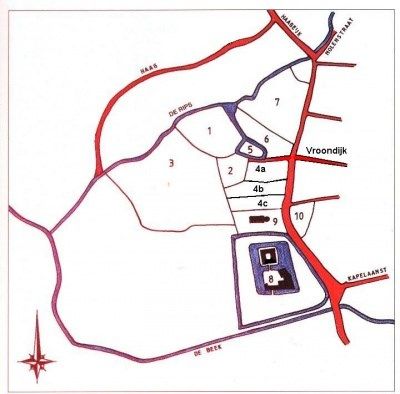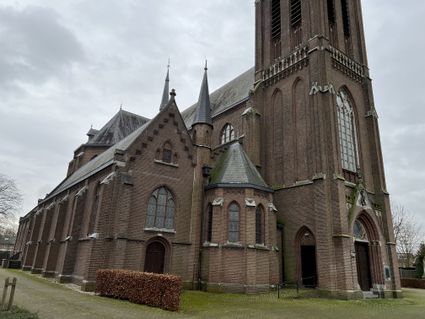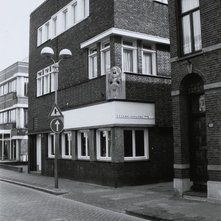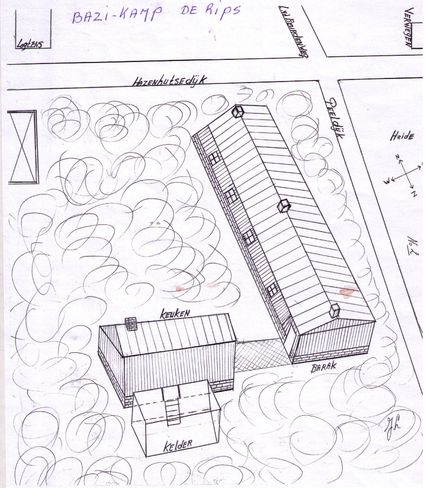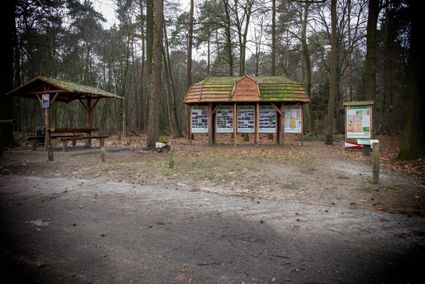Bebouwing westzijde Kerkstraat
Neem contact op
From common land to village centre
Kerkstraat is now an important part of Gemert's centre, but it has not always been so. Gemert's oldest core in the Middle Ages was locat…
From common land to village centre
Kerkstraat is now an important part of Gemert's centre, but it has not always been so. Gemert's oldest core in the Middle Ages was located at the level of Haageik, De Haag and Kruiseind. The area west of Kerkstraat between Ruijsschenberghstraat and Ridderplein had not yet been cultivated around 1400 and formed part of the so-called 'common lands', initially owned by the noble Van Gemert family. In 1366, the Teutonic Order became the owner, and from 1400 the present castle and later the church of St Jan were built. At this time, the Van Gemerts and the Teutonic Order quarreled again, as the former claimed that the common lands had not been sold, while the Teutonic Order maintained that the entire manor of the Van Gemerts including the common lands had been sold to the Teutonic Order. The Van Gemerts had lost considerable influence in Gemert after the arrival of the Teutonic Order. The area between the church and Ruijsschenberghstraat remained undeveloped until around 1480. In the period between 1480 and 1500, the first three houses on the west side of Kerkstraat were built by Jan Goyarts van Geldrop, his brother Dirk Goyarts van Geldrop and the merchant Dirk Maes Dirk Michiels. This merchant was also known as die Cremer and he prospered. This merchant was also known as die Cremer and things were going well for him. Soon after, these three plots were further divided and more houses were built, both along Kerkstraat and Ruijsschenberghstraat. Over the centuries, this created an almost closed street wall.
Jan Timmers, What preceded the building of the Kerkstraat, Gemerts Heem jrg 45 (2003) no 4.
